Monster in a Box: The Movie 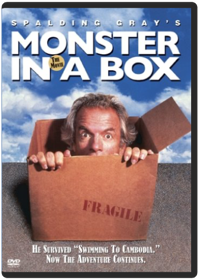 Spalding Gray's America 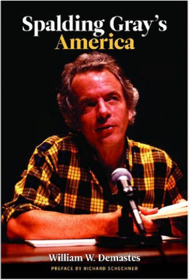 The Journals of Spalding Gray 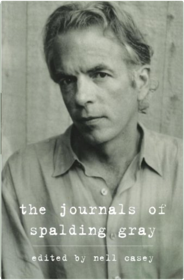 Here is the first intimate portrait we have of the man behind the charismatic performer who ended his life in 2004: evolving artist, conflicted celebrity, a man struggling for years with depression before finally succumbing to its most desperate impulse. Begun when he was twenty-five, the journals give us Gray’s reflections on his childhood; his craving for success; the downtown New York arts scene of the 1970s; his love affairs, marriages and fatherhood; his travels in Europe and Asia; and throughout, his passion for the theater, where he worked to balance his compulsion to tell all with his terror of having his deepest secrets exposed. Culled from more than five thousand pages and including interviews with friends, colleagues, lovers, and family, The Journals of Spalding Gray gives us a haunting portrait of a creative genius who we thought had told us everything about himself—until now. Life Interrupted: The Unfinished Monologue 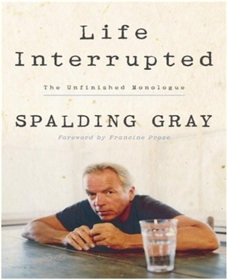 As was always his method, Gray began to fashion a new monologue in various workshop settings that would tell the story of the accident and its aftermath. Originally titled Black Spot—for what the locals called the section of highway where Gray’s accident occurred—it began as a series of workshops at P.S. 122 in New York City and eventually became Life Interrupted.Gray died in early 2004, and though never completed, Life Interrupted is rich with brave self-revelation, masterfully acute observations of wonderfully peculiar people, penetrating wit and genuine humor, an irresolvable fascination with life and death, and all the other attributes of Gray’s singular and unmistakable voice. In the final performance of Life Interrupted, Gray read two additional pieces: a short story about a day he spent with his son Theo at the carousel in Central Park and a brief, poignant love letter to New York City that he wrote after the terrorist attacks in 2001. This volume includes these pieces as well as many of the eulogies that were delivered by his friends and family at memorial services held at Lincoln Center and in Sag Harbor. [If you had to reduce all of Spalding’s work to its essence, its core, if you wanted to locate the subject to which, no matter what else he talked about, he kept returning, I suppose you could say that his work was a profoundly metaphysical inquiry into how we manage to live despite the knowledge that we are someday going to die. . . . If there is a consolation, it’s what he left behind: the children whom he so loved and, of course, his work. Reading the unfinished pieces in this volume . . . we hear his voice again and feel the happiness we felt when he sat on stage behind his wooden desk, took a sip from his water glass, transformed the raw material of his life into art, and the crowd applauded each brilliant, beautiful sentence.] —Francine Prose, from the Foreword Also available as an eBook Morning, Noon and Night 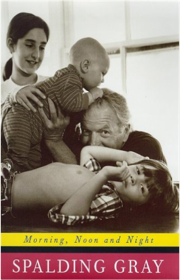 And Everything is Going Fine 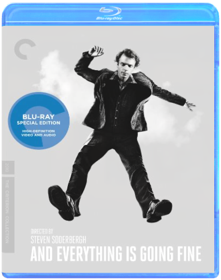 Gray's Anatomy 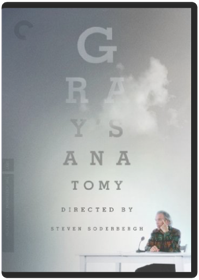 |


Delicious Library
Collection Total:
3,640 Items
3,640 Items
Last Updated:
Nov 2, 2025
Nov 2, 2025
 Made with Delicious Library
Made with Delicious Library